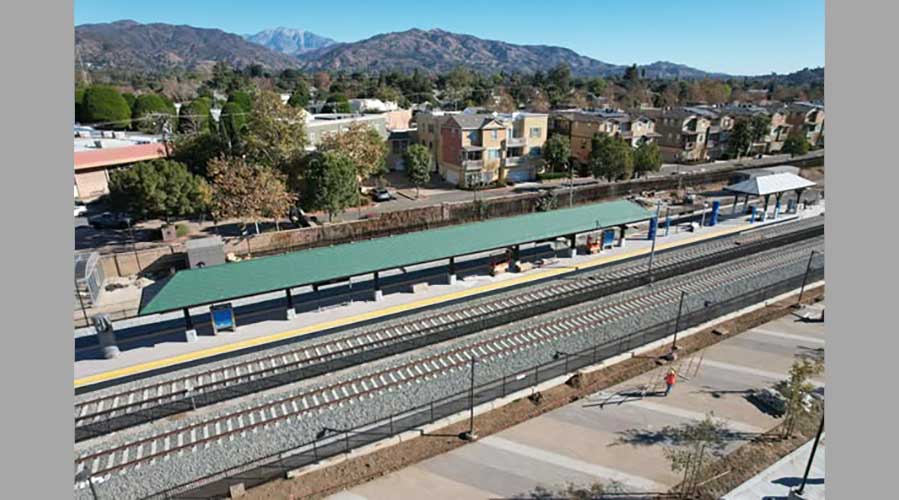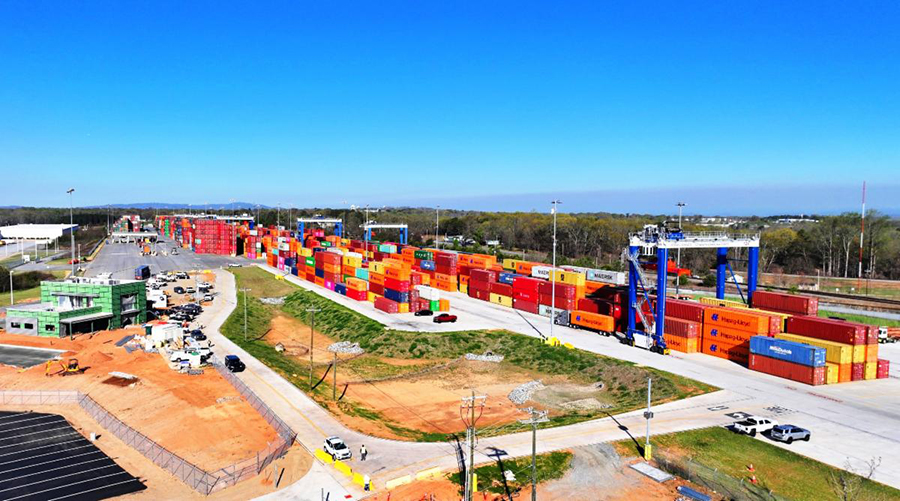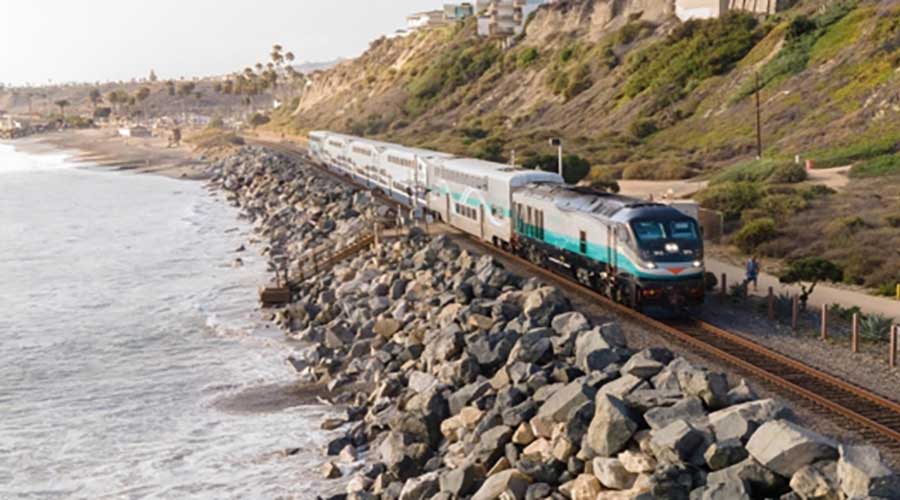Stay updated on news, articles and information for the rail industry
6/19/2014
Rail News: Passenger Rail
Santa Clara VTA project to benefit from California's cap-and-trade program
The second phase of Santa Clara Valley Transportation Authority's (VTA) BART Silicon Valley Project is well-positioned to receive unanticipated funding through a cap-and-trade program that was included in the 2014-15 state budget plan passed by the California Legislature on Sunday, VTA officials have anounced.
The second phase of VTA's planned extension of the regional BART system is in project development. The 24-month project phase includes refining the project scope, advancing state and federal environmental reviews, and identifying and solidifying a funding plan. Until now, the funding plan was comprised of local and federal money, VTA officials said in a press release.
The budget bill and a series of "trailer bills" implement two aspects of the cap-and-trade expenditure plan: a budget year (2014-15) appropriation with fixed dollar amounts going to specified programs; and, in 2015-16 and thereafter, specified programs will receive set percentages of annual cap-and-trade proceeds. Most significantly, beginning in fiscal-year 2015, 15 percent of cap-and-trade revenue will be specifically dedicated to regional and local public transit purposes, VTA officials said.
The second phase of the BART Silicon Valley Extension is positioned well to compete for the funding because the project meets the criteria of reducing greenhouse gas emissions, auto trips and vehicle miles traveled, and fits in with the overall state transit network, they said.
"Transportation contributes nearly 40 percent of greenhouse gas emissions in California. Cars, trucks, and transit must be part of any strategy preventing or reducing the impacts of climate change," said VTA Chairman Ash Kalra. "VTA's extension of BART will significantly reduce greenhouse gasses and improve our quality of life here in Silicon Valley."


 LRW Honors Amtrak’s Acheson As Railway Woman Of The Year
LRW Honors Amtrak’s Acheson As Railway Woman Of The Year
 From Editor-In-Chief Foran: Of Gender Equity And Inclusion
From Editor-In-Chief Foran: Of Gender Equity And Inclusion
 Spotlight On Some Of Today’s Rail Safety Products
Spotlight On Some Of Today’s Rail Safety Products
 Women of Influence in Rail eBook
Women of Influence in Rail eBook
 railPrime
railPrime







